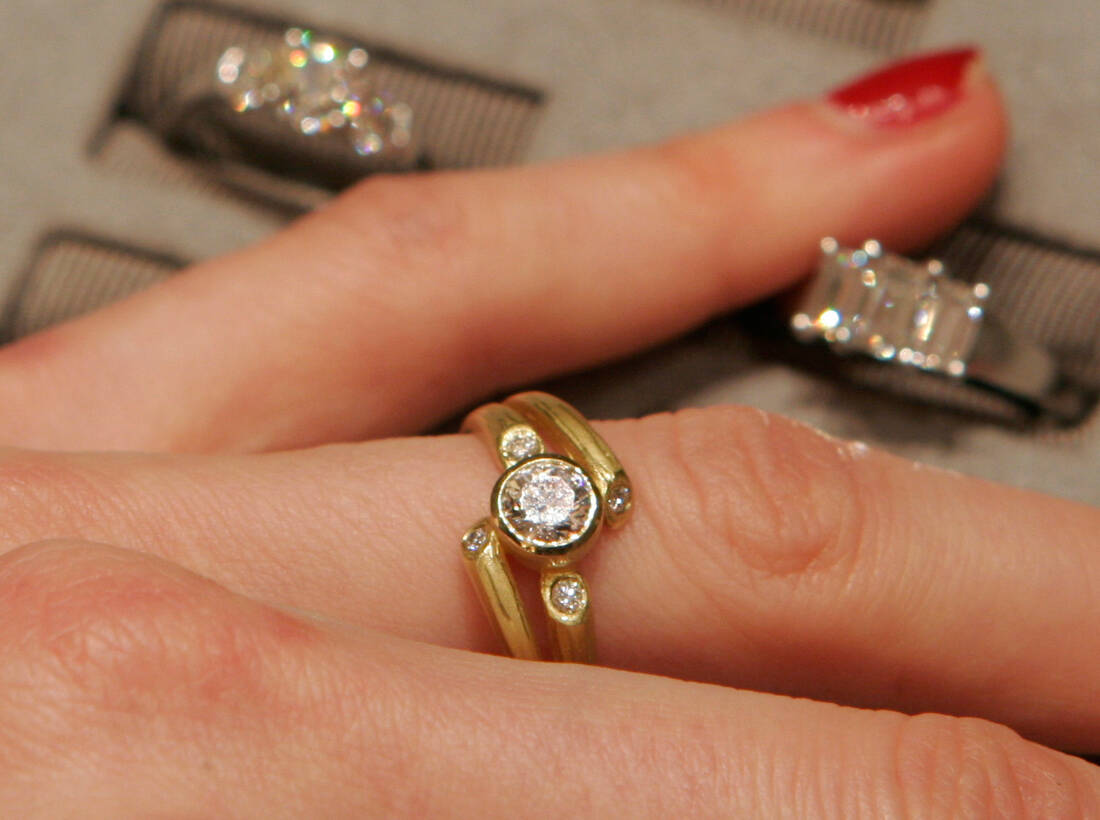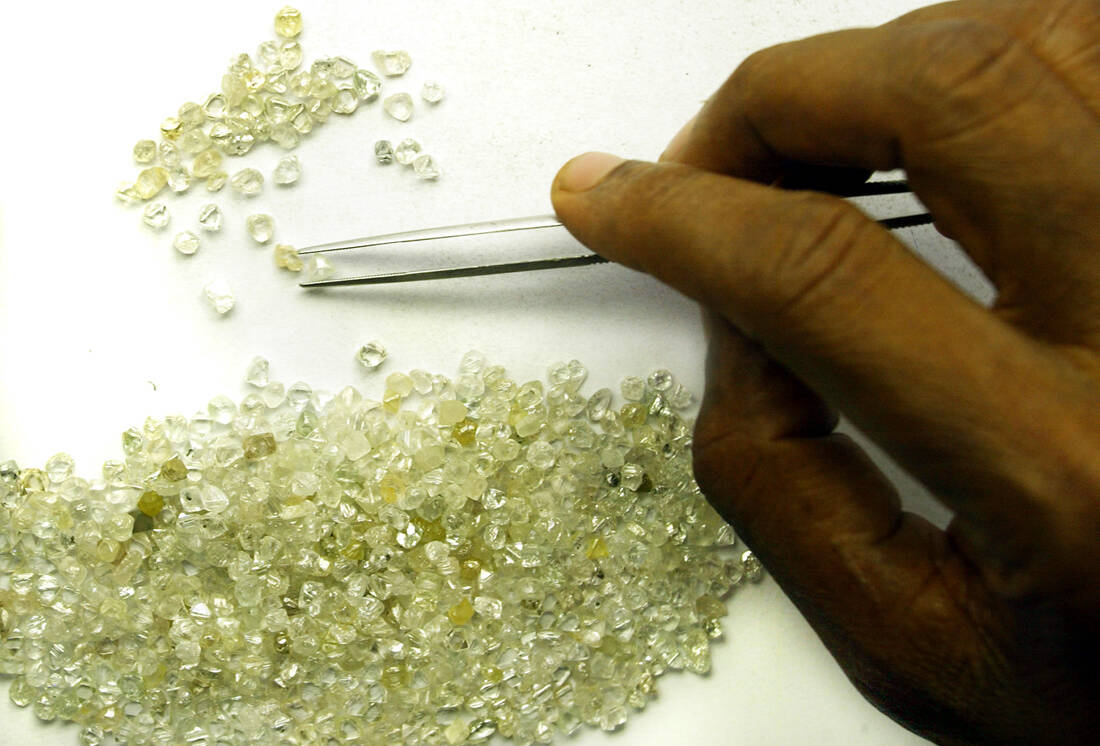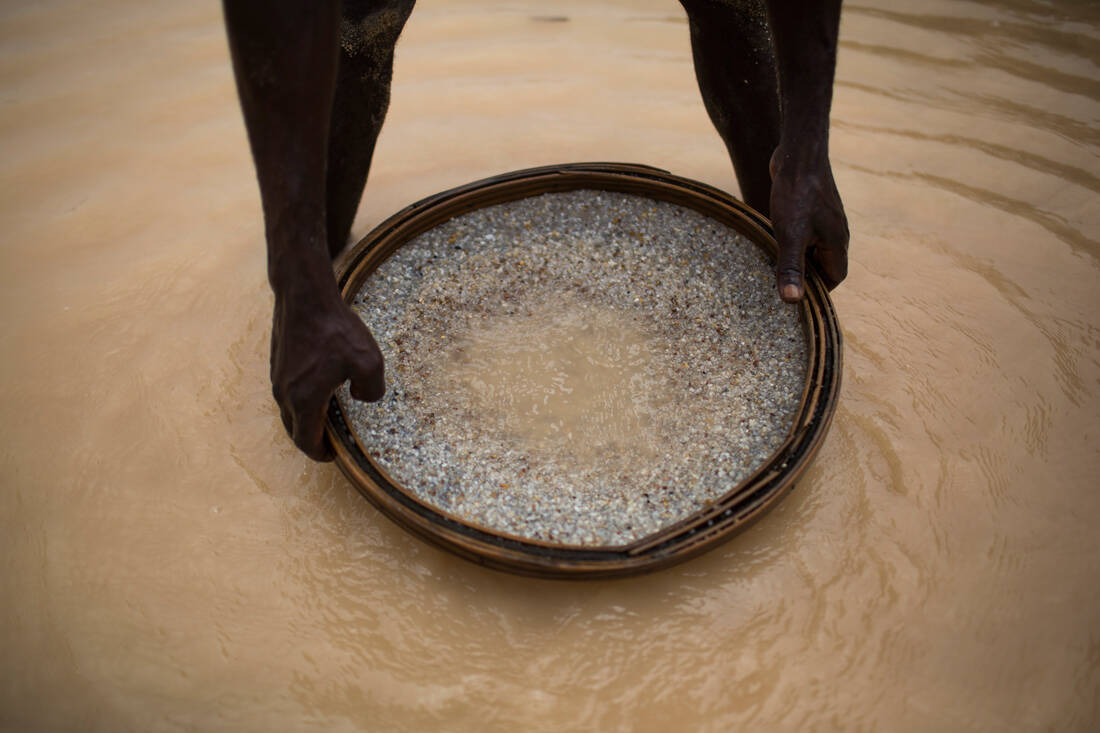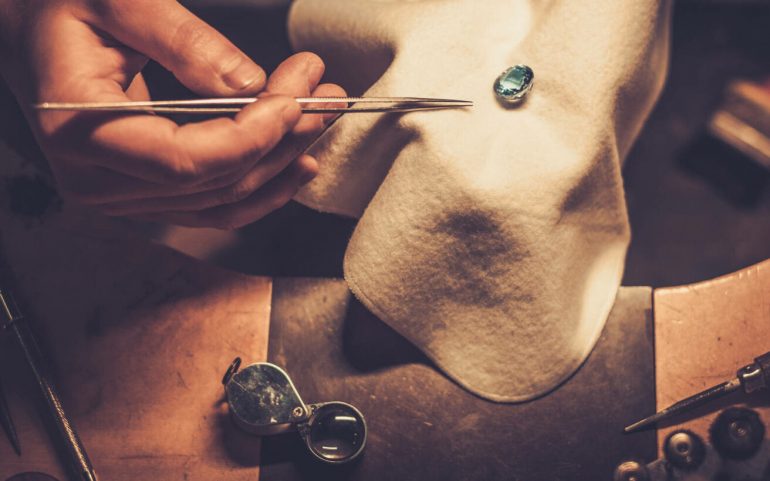A gray morning in January 2019, the Megan Markle was seen on a London street on the way to a meeting. She wore an elegant coat and heels, but it was not her clothes that caught the attention of the people. It was the diamond earrings that adorned her ears.
These diamonds, according to the BBC, were created in the laboratory.
According to Sidney Neuhaus, co-founder of the company Kimaï, which made them, it took just five days to create them. The company is headquartered in Antwerp, the capital of the global diamond industry.

Both Neuhaus and co-founder Jessica Warch grew up in diamond families. Her father owns a jewelry store and deals in diamond jewelry, while her grandfather worked for the industry giant, De Beers.
Despite the legendary family stories about the diamond trade, Neuhaus and Warch chose to follow a similar path but in a different direction, due to the environmental and humanitarian value of mining. diamonds. After all, Millennials and Generation Z, which together are the main audience buying diamonds for engagement rings, according to the British network, are moving away from "conventional" diamonds, with almost 70% of millennials thinking about buying alternative diamonds. made in the laboratory.

First of all, diamonds made in the laboratory are diamonds, as we know them. Chemical, optical and molecular are similar to the diamonds mined from the bowels of the Earth. These natural diamonds are sculpted in the enormous pressure and equally enormous heat of the Earth's mantle, at a depth of about 160 kilometers. Most were created one to three billion years ago, at a time when the planet was warmer than it is today.
There are two ways to make a diamond, both of which start with the "seed" of another diamond. The first "laboratory" diamond was made with the High Pressure High Temperature (HPHT) system, in which the seed is placed in a special chamber and exposed to temperatures of about 1.500 degrees Celsius and enormous pressure.

In fact, a second way was discovered to make a diamond, called Chemical Vapor Deposition (CVD). In this method the seed is placed in a sealed chamber with gases rich in carbon and a temperature of about 800 degrees Celsius. Under these conditions, the gases begin to "stick" to the seed, composing a diamond layer by layer.
The technology behind making diamonds in the laboratory has made great strides in recent years, allowing companies to develop better quality diamonds faster and cheaper. This also means increasing competition between the companies that make diamonds in the laboratory and the mining companies.
Today, it costs from $ 300 to $ 500 a carat to make a diamond using the CVD method, while in 2008 the corresponding cost was $ 4.000 per carat, according to a report by the Antwerp World Diamond Center.
Laboratory diamonds are a growing trend in the diamond industry. Newer buyers show interest because of their price, their clarity but also for environmental reasons.

Despite the good data, the diamonds made in the laboratory are not flawless. Although the collection of accurate information for comparison carbon footprints in both cases it is difficult, it is generally accepted that the energy required to make a diamond in the laboratory is great. A report on the subject, on behalf of the Diamond Producers Association, states that greenhouse gasses produced by natural diamond mining is three times less than that produced in the laboratory diamond development.
It is worth noting that DPA represents seven of the largest diamond mining companies in the world, including De Beers, Alrosa and Rio Tinto. However, some diamond companies in the lab, such as the American Diamond Foundry, have been certified as zero carbon footprint and use only energy from renewable sources. Other companies, however, have received warnings not to present themselves as "eco-friendly" without having evidence to substantiate this characterization.

Data from the Diamond Foundry show that the overall environmental footprint of diamonds created in nature is much larger than that of "laboratory" diamonds. "It takes a lot more energy to get a diamond out of the Earth than to create one on it. "Besides, the energy used in the mining is generally dirty diesel while in the production of diamonds in the laboratory it is energy from renewable sources," the company states on its website.
It is estimated that for each carat of natural diamond, 250 tons of soil are removed. An interesting fact if one considers that 148 million carats were mined in 2018. Some diamond mines are so large that they can be seen from space.
Again, however, the numbers do not seem to converge. A report by Frost & Sullivan estimated that for every carat of natural diamond, 57 kilograms of carbon dioxide are released into the atmosphere, while according to data from another company, Trucost, 510 kilograms of carbon dioxide are released for one carat of laboratory diamond and 160 carats of natural diamond for each carat. .
Although efforts are being made to reduce the carbon footprint in diamond mining, the damage to the environment is not limited to carbon dioxide. Mining has been linked to water pollution and the degradation of the natural fauna of each area.
The BBC concludes that although neither diamond mining nor laboratory creation is perfect, the "environmental price" of natural diamonds appears to be higher.

However, environmental damage also seems to be linked to humanitarian damage. Diamond mines are based on the work of low-paid people working in unsafe conditions. Even diamonds produced by the Kimberley Process, which came into force in 2000 to reduce the "damn diamond" trade, have a "blurred" origin. The NGO Global Witness explains that there are many gaps in the process and that the definition of "damned diamonds" has not limited human rights violations. A typical example is the diamonds of Zimbabwe, in the 2000s, which resulted in the death of hundreds of miners. The diamonds found there were found to be sold in Antwerp and Dubai and circulated freely in international markets, according to the NGO.

Things get even more murky when the gemstone is cut and polished and no longer falls under the Kimberley process. From the mine to the jewelry store, diamonds go through many processes and routes and are often mixed with diamonds from other exporting countries. The result is that even for diamonds that fall under the Kimberley process, many companies cannot trace their origins.
On the other hand, there is concern that the demand for laboratory diamonds is likely to hit jobs in countries rich in natural resources. Brad Brooks-Rubin, a former State Department special adviser on the subject, wonders: "Is it ethical to keep diamond buyers away from developing countries, where more than a million people rely on this job?"

Another fact that many are probably unaware of is that diamonds used for jewelry account for only 30% of the market. The remaining 70% is for diamonds sold for completely different purposes, drilling tools, cuts and sharpening. And it is in this industry that laboratory diamonds can really be used for the benefit of the environment.

One of their industrial uses is to disinfect contaminated water sources, while others argue that they can significantly reduce carbon footprints. in communications and transport. In this case, their superiority over natural diamonds is attributed to their purity and hardness, as they are ten times harder than natural diamonds. Even a small layer of diamond seems to reduce friction on moving mechanical parts, from windmills to cars. Nissan records a reduction of friction between mechanical components of about 40% when using such a diamond "film". Unlike laboratory diamonds, natural diamonds do not have the purity required for such applications.
All of this, combined with environmental sustainability and social awareness, which seem to be increasingly high on the consumer agenda, sets the stage for diamond sales today.
